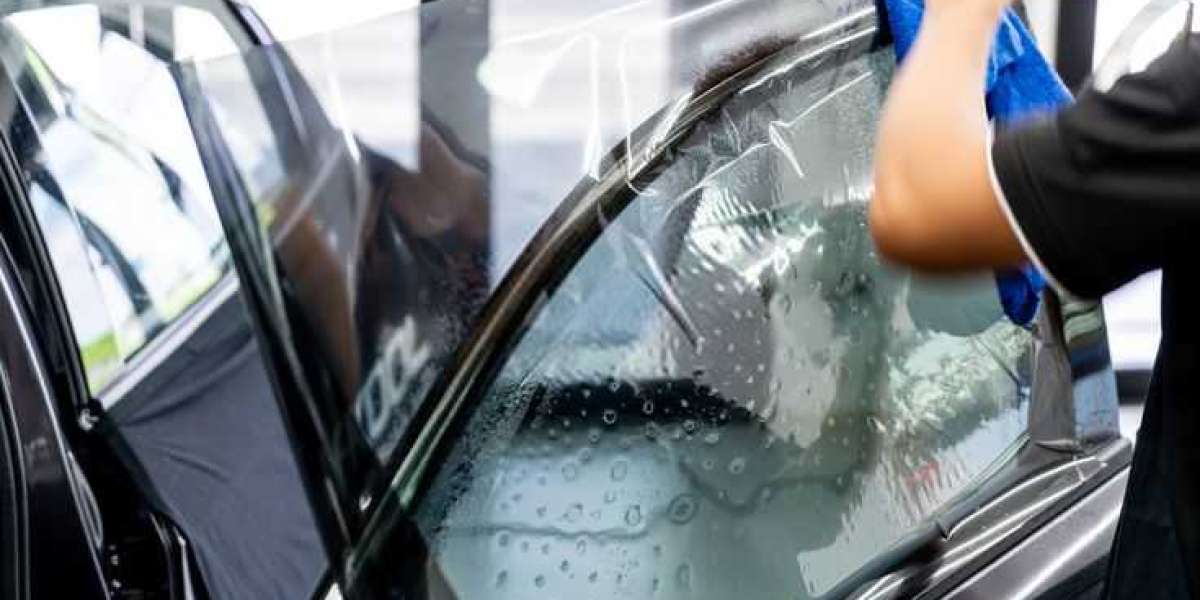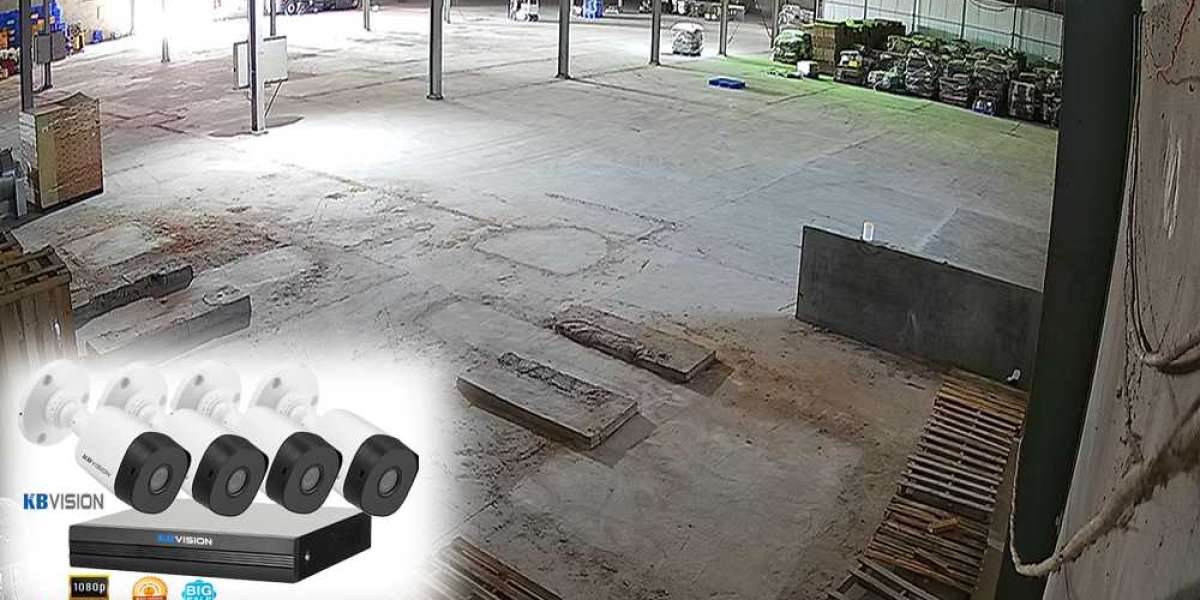Car window tinting has become increasingly popular among vehicle owners seeking to enhance comfort, protect their interiors, and improve aesthetics. However, with various types of window tinting available, it can be challenging to determine which option is best for your needs. In this article, we will explore the different types of car window tinting, discussing their features, benefits, and potential drawbacks.
Dyed Window Film
Overview
Dyed window film is one of the most common and affordable types of car window tinting. This film consists of a layer of dye sandwiched between an adhesive layer and a protective outer layer.
Benefits
Cost-Effective: Dyed films are generally less expensive than other types.
Aesthetic Appeal: Available in various shades, they can enhance the vehicle’s appearance.
Privacy: Offers good privacy by blocking visibility from the outside.
Drawbacks
Limited Heat Rejection: While they provide some glare reduction, dyed films are not as effective at blocking heat as other types.
Fading Over Time: Exposure to sunlight can cause the dye to fade, reducing effectiveness and appearance.
Metalized Window Film
Overview
Metalized window film incorporates tiny metallic particles that reflect sunlight. This type of film provides more durability and can enhance the window's strength.
Benefits
Excellent Heat Rejection: Effectively reflects heat, keeping the interior cooler.
Durability: Resistant to scratches and can strengthen the glass.
Reduced Glare: Minimizes glare, enhancing visibility while driving.
Drawbacks
Signal Interference: The metal particles can interfere with electronic devices, such as GPS and cell phone signals.
Higher Cost: More expensive than dyed films.
Carbon Window Film
Overview
Carbon window film is a modern option that uses carbon particles to provide effective heat rejection without metallic components.
Benefits
High Heat Rejection: Blocks a significant amount of infrared radiation, keeping the interior cooler.
No Signal Interference: Unlike metalized films, carbon films do not interfere with electronics.
Fade Resistance: More resistant to fading than dyed films.
Drawbacks
Cost: Generally more expensive than dyed and metalized films but often worth the investment for performance.
Ceramic Window Film
Overview
Ceramic window film is one of the most advanced options available. It uses ceramic particles, which are non-metallic and non-conductive, to provide superior heat rejection and UV protection.
Benefits
Superior Heat Rejection: Blocks a significant amount of solar heat and UV rays, providing maximum comfort.
No Signal Interference: Ceramic films do not interfere with electronic devices.
Durability: Highly resistant to scratches and fading, ensuring long-lasting performance.
Drawbacks
Higher Price Point: Generally the most expensive option, but the investment can pay off over time due to its longevity and effectiveness.
Hybrid Window Film
Overview
Hybrid window film combines elements of both metalized and dyed films, offering a balance of benefits from both types.
Benefits
Versatility: Provides good heat rejection and aesthetic appeal.
Balanced Performance: Offers a mix of durability and affordability.
Drawbacks
Moderate Performance: While it has benefits from both types, it may not perform as well as dedicated metalized or ceramic films in specific areas.
Security Window Film
What is Security Window Film?
Security window film is a tough, multilayered laminate that is applied to existing glass surfaces. It is designed to hold shattered glass together in the event of a breakage, whether due to an accident, natural disaster, or attempted break-in. Unlike regular window films, security films have a thicker and more durable composition, making them effective at providing a protective barrier.
Types of Security Window Film
Standard Security Film: Typically ranges from 4 to 15 mils in thickness, providing basic protection against break-ins and accidental damage.
Blast Mitigation Film: Designed to withstand high-impact forces, this type is often used in high-risk environments to protect against explosions or natural disasters.
Anti-Graffiti Film: This film protects against vandalism, such as scratches and graffiti, and can be easily replaced when damaged.
Benefits of Security Window Film
1. Enhanced Safety
One of the primary advantages of security window film is its ability to protect occupants from flying glass shards during an accident or break-in. By holding the glass together, it minimizes the risk of injury from broken glass, making it a vital safety feature for homes, schools, and businesses.
2. Deterrent Against Break-Ins
Security window film acts as a deterrent to burglars and intruders. The added layer of protection makes it more difficult to break through windows, which can discourage criminal activity. Even if a window is broken, the film keeps the glass intact, alerting occupants and passersby.
3. UV Protection
Many security window tinting services also provide UV protection, blocking up to 99% of harmful UV rays. This not only helps protect the skin of occupants but also reduces fading and damage to furniture, flooring, and artwork.
4. Energy Efficiency
Security window films can improve energy efficiency by reducing heat transfer through windows. By keeping interiors cooler in the summer and warmer in the winter, these films can help lower energy bills and enhance comfort.
5. Noise Reduction
Some security window films can also help reduce outside noise, creating a more peaceful indoor environment. This is particularly beneficial for homes or businesses located in busy or noisy areas.
Conclusion
Choosing the right type of car window tinting depends on your specific needs, budget, and preferences. Whether you prioritize aesthetics, heat rejection, or safety, understanding the various options available can help you make an informed decision.
Consider factors such as climate, driving habits, and legal regulations in your area when selecting the best window tint for your vehicle. With the right tint, you can enjoy increased comfort, enhanced privacy, and improved aesthetics while protecting your vehicle’s interior and occupants.








